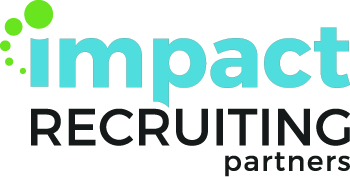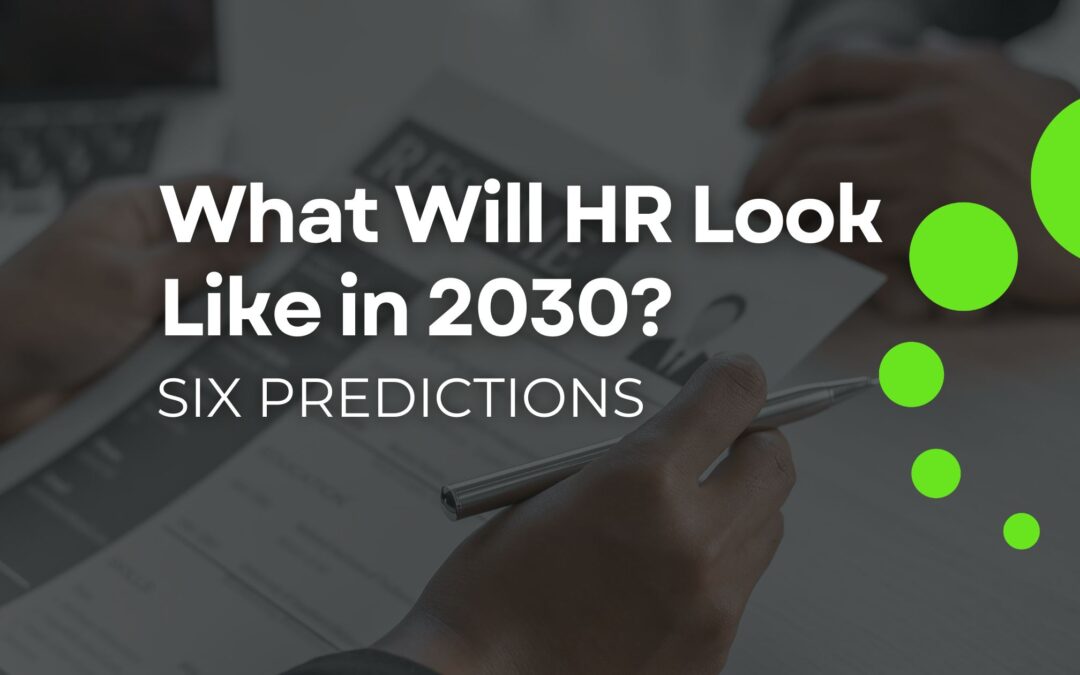While to some this may feel a bit like the Jetson’s, leading experts in Engagement, Attraction, and Recruitment we know would say it’s here and we agree. We’re already seeing these trends start to take hold in the market and become the differentiators in companies that are ultimately leaving their competition behind by investing in digital training, teamwork automation, and illustration of the true impact of the work they’re doing (and the candidate will do when they join)! Especially as Boomers leave our workforce in staggering numbers.
What do you think? How ready are you? Will these investments help YOU win in the #warontalent?
#phygitalwork #engagingwork #impactfulwork
What Will HR Look Like in 2030?
The coronavirus pandemic was an ugly reminder of just how hard it is to predict and prepare for the future. Yet that doesn’t mean HR leaders shouldn’t think ahead, especially when there are some absolutes. Older workers are retiring, and the digital revolution continues. It’s not too soon to start thinking ahead to the next decade. Here are six predictions for 2030 and how to prepare for them.
1. New Generations Will Take Over
By 2030, every Baby Boomer will be 65 or older. As most of them leave the workforce, they’ll be replaced by the smaller Generation Z (those born in 1997 or later).
Boomers entered the workforce at a time of hierarchical cultures, when a job was simply about the work. Members of Generation Z, on the other hand, are crying out for their companies to match their values and speak out on issues such as the environment and diversity, equity and inclusion. That has sparked companies to take on activist roles, though this can be tricky, especially with polarizing topics.
“You won’t make everyone happy,” says Art Mazor, global human capital practice leader for Deloitte in Atlanta. But HR can help companies weigh the risks of speaking out on hot-button issues and can explain those decisions to employees.
Millennials and members of Generation Z want “to be authentically recognized at work,” Mazor says. They also want their jobs to provide a sense of purpose and belonging, flexibility, and continuous career development. They’ll change jobs if they don’t feel they’re learning enough or finding a sense of purpose at the company, he says.
But Peter Cappelli thinks companies are unlikely to prioritize employee career growth. The George W. Taylor Professor of Management and director of the Wharton Center for Human Resources at the University of Pennsylvania notes that the percentage of jobs filled from within has dropped from 90 percent in the 1980s to about 30 percent now. In addition, average tenures have declined and time spent on training workers has fallen to about half a day per year.
“I don’t see where [companies] are willing to spend the money to change that,” Cappelli says. “They’re missing an opportunity. When they end up hiring from the outside, they end up paying more in salary and performance is worse.”
The younger generations place a high priority on work/life balance, too, Mazor says. (Also, work/work balance: 43 percent of Generation Z workers and 33 percent of Millennials have side hustles or two full-time jobs, according to Deloitte.)
Amy Zimmerman, chief people officer at Relay Payments Inc. in Atlanta, sees a disconnect between Boomers who are comfortable working 10- to 12-hour days and younger workers who prefer to work fewer hours. Managers need to focus more on results with those younger workers, she says. Gone are the days of command-and-control, fear-based management.
“[Younger workers] work differently,” says Zimmerman, whose company is a payment platform for the trucking and logistics industries.
Amid the current talent shortage, Zimmerman tells recruiters to make sure their outreach efforts leave candidates wanting to work at the organization. That means, for example, pitching them on why their work at the company would matter. This approach should continue after they’re hired, with managers striving to motivate them by making the company’s mission clear.
“You’ve got to convince people why they need to do the work, and it’s not just ‘because you’re paying me to do it,’ ” Zimmerman says.


